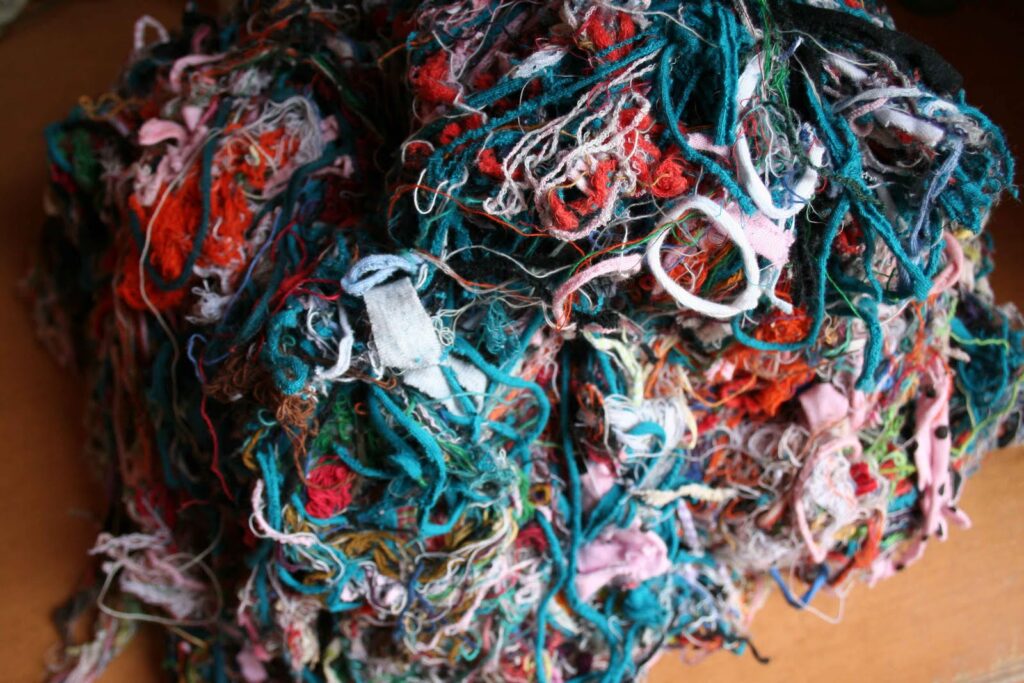In a world where sustainability is becoming a top priority, crafters and creatives are reimagining ways to reduce waste and give materials new life. One innovative idea gaining traction is the community yarn recycling program—a grassroots initiative where unused, leftover, or discarded yarn is collected, repurposed, and redistributed for creative use. Not only does this support eco-friendly crafting, but it also fosters local connection and creativity.
If you’re passionate about fiber arts and want to make a positive impact, here’s how to launch a successful yarn recycling program in your community.
1. Define the Purpose and Goals
Before diving in, outline the purpose of your program. Are you focused on reducing textile waste, supporting local crafters, or donating materials to schools and senior centers? Having a clear mission helps guide decisions and attract support.
Goals might include:
- Diverting a specific amount of yarn from landfills annually
- Supporting community art projects
- Providing free yarn to underfunded art programs or nonprofits
Once you’ve defined your purpose, create a name and mission statement to give your project a recognizable identity.
2. Build Community Partnerships
You’ll need community support to get your program off the ground. Reach out to:
- Local yarn shops and craft stores
- Libraries and community centers
- Art teachers and crafting groups
- Senior homes or therapeutic art programs
These organizations can serve as collection sites, recipients of recycled yarn, or event partners. Local businesses may even sponsor containers or provide drop-off space.
3. Set Up Collection Points
Make it easy for people to donate their leftover yarn by establishing clear, convenient collection points. You can use labeled bins or decorated boxes with signs explaining what’s accepted. Be specific:
- Accept: full or partial skeins, clean yarn, cones, spools, and unused projects
- Avoid: tangled or dirty yarn, yarn with pet hair, moth damage, or mold
Promote your collection points through flyers, social media, community boards, and local newsletters.
4. Sort and Organize Donations
Once donations roll in, set up a sorting process. This step is key to ensuring the yarn can be used or distributed efficiently. Recruit volunteers to help sort by:
- Fiber type (acrylic, wool, cotton, etc.)
- Weight (bulky, worsted, fingering, etc.)
- Usability (clean, tangle-free, no odor)
Consider repackaging small leftovers into mixed bundles labeled for crafting, or combining like skeins for larger projects.
5. Plan Redistribution or Upcycling Projects
Now comes the fun part—putting the yarn to use! You can redistribute it through:
- Free crafting kits at libraries or schools
- Yarn swaps at local events
- Donations to shelters, senior centers, or nonprofits
Or, you can organize upcycling events like:
- Group knit-ins or crochet circles using recycled yarn
- Weaving or macramé wall art workshops
- Yarn bomb public art projects
These activities foster creativity, community, and sustainability.
6. Educate and Inspire
A successful yarn recycling program is also an educational opportunity. Share tips on reducing textile waste, creative ways to use leftover yarn, and the environmental benefits of repurposing materials. Use social media, local blogs, or workshops to spread the word.
Highlight success stories and before/after photos of projects made from recycled yarn. This helps inspire others to participate and appreciate the impact of your efforts.
7. Maintain and Grow the Program
To keep the momentum going:
- Schedule regular donation pick-ups and sorting days
- Continue outreach to new partners and community groups
- Survey participants for feedback and improvement ideas
As your program grows, consider creating a website, applying for small grants, or collaborating with eco-conscious brands to expand your impact.
Final Thoughts
Starting a community yarn recycling program is a rewarding way to combine creativity, sustainability, and local connection. It breathes new life into materials that might otherwise be discarded and empowers people of all ages to make something beautiful with what’s already available.
Visit these links for similar information :
https://uggaustraliasalenet.com/
https://francemedianews.com/
https://autofans.us/
https://travellingtrailer.com/
https://kumpulanbandarpoker.org/
https://bartonunited.co.uk/
https://farianews.com/
https://evemed.co.uk/
https://thecbdstoreonline.com/
https://nixsmate.com/
https://newsoaxaca.com/
https://mrfinancechallenge.com/
https://destinationovertornea.org/
https://fallenandflawed.com/
https://micanet.net/
https://roverpolo.org/
https://tamava.org/
https://isleuthhound.com/
https://nodalpoint.net/
https://keralanewsnow.com/
https://nr-7releases.com/
https://nkhomegroup.com/
https://truenewsd.com/
https://humaswonogirinews.org/
https://swisscartier.co.uk/
https://luellemag.com/
https://sammatson.net/
https://wesserblog.co.uk/
https://legalkushfly.com/
https://bzahomestylecrafts.com/

